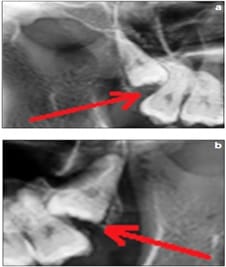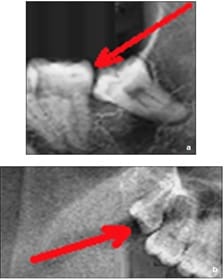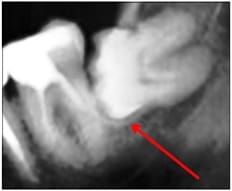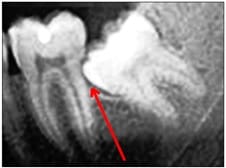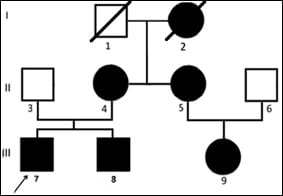Phenotypic heterogeneity of impacted third molar tooth: family case study
Albu C.1*, Ion G.2, Milicescu S.3, Albu S.4
DOI: https://doi.org/10.17511/ijmrr.2019.i05.13
1* Cristina-Crenguta Albu, Lecturer, Department of Genetics, University of Medicine and Pharmacy “Carol Davila”, Bucharest, Romania.
2 George Ion, Assistant Professor, Department of Prosthodontics, University of Medicine and Pharmacy “Carol Davila”, Bucharest, Romania.
3 Stefan Milicescu, Lecturer, Department of Prosthodontics, University of Medicine and Pharmacy “Carol Davila”, Bucharest, Romania.
4 Stefan-Dimitrie Albu, DMD, Alco San Medical Center, Bucharest, Romania.
Tooth impaction is a pathological condition where a tooth fails to attain its normal functional position. The present study aims to highlight the phenotypic heterogeneity of impacted third molars in a Caucasian family, to investigate the characteristics of the dental phenotype, to evidence the diversity of dental phenotype, and to identify the inheritance mode of the condition. Detailed anamnesis, clinical examination, complementary tests (panoramic radiographs), family study and pedigree analysis. Phenotypic characteristics of impacted third molar tooth in our family case report was: Severe horizontal impaction of the mandibular right third molar, Angular impaction of the maxillary right third molar and angular impaction of the maxillary left third molar, Angular impaction of the mandibular left third molar and partial eruption of the maxillary right third molar, Horizontal impaction of the mandibular left third molar and Angular impaction of the mandibular left third molar. The inheritance mode of the impacted third molar tooth in the family case report was: from mother to both daughters’ transmission, from mother to both sons’ transmission, and from mother to daughter transmission. Family study and pedigree analysis are very important for illustrate the genetic basis of impacted teeth.
Keywords: Impacted teeth, Third molar, Dental phenotype, Inheritance mode
| Corresponding Author | How to Cite this Article | To Browse |
|---|---|---|
| , Lecturer, Department of Genetics, University of Medicine and Pharmacy “Carol Davila”, Bucharest, Romania. Email: |
Albu C, Ion G, Milicescu S, Albu S. Phenotypic heterogeneity of impacted third molar tooth: family case study. Int J Med Res Rev. 2019;7(5):437-442. Available From https://ijmrr.medresearch.in/index.php/ijmrr/article/view/1090 |


 ©
© 
